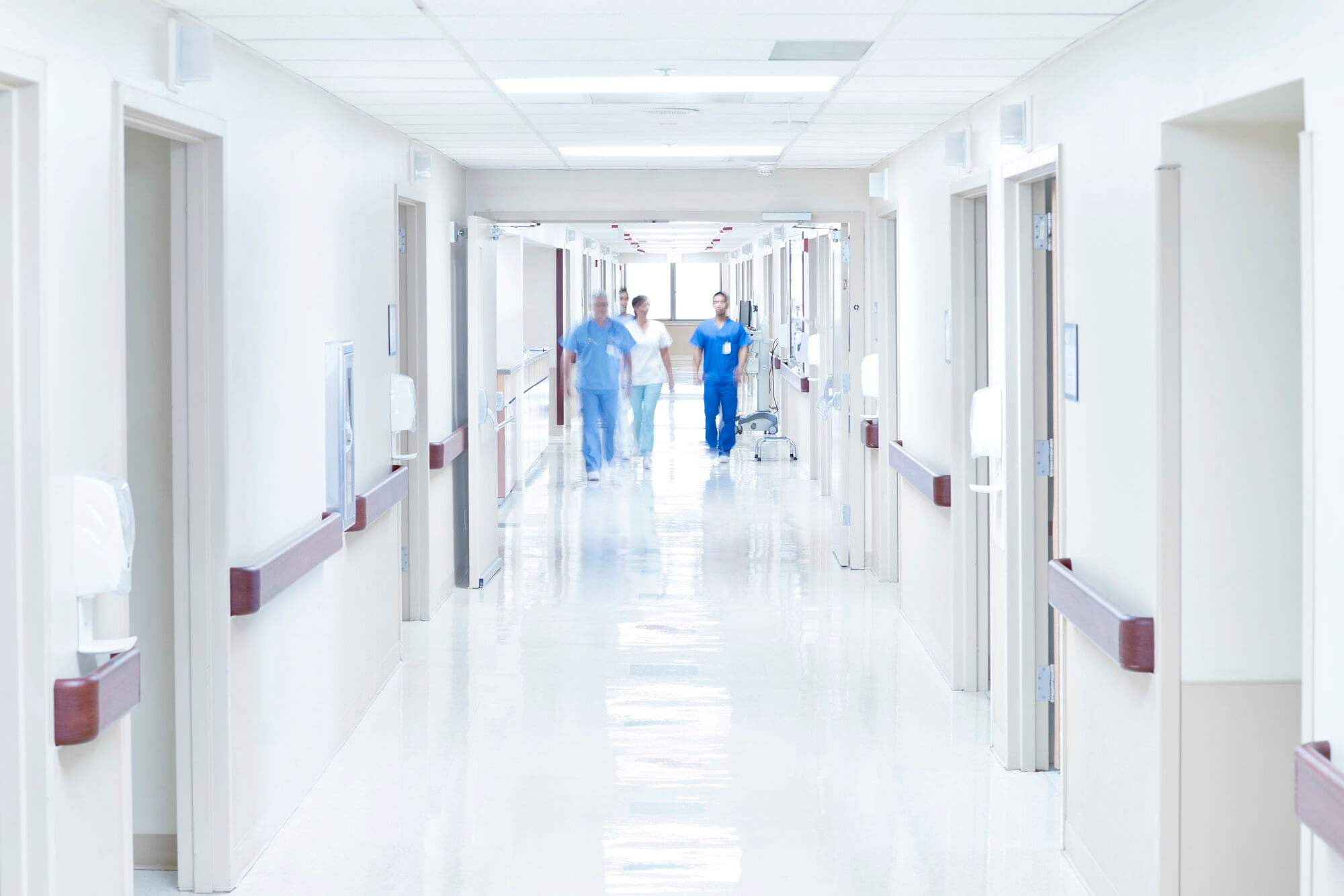The coronavirus disease 2019 (COVID-19) pandemic has dramatically transformed the world and health care delivery, according to a commentary published recently in JAMA.
Three oncologists spanning treatment centers in New York, Boston, and North Carolina, detailed some of these changes that are occurring in oncology care; these changes fall into 4 main categories.
First, treatment that is not time sensitive has been rapidly transitioned to remote visits. This includes visits for survivorship care or surveillance, and care for low-risk patients receiving hormonal or oral chemotherapy.
Second, certain treatments that cannot be delivered remotely have been omitted or delayed if it is determined that it will have only marginal effect on quality of life or survival.
“A sizeable proportion of oncology care involves systemic chemotherapy for patients with advanced cancer,” the authors wrote. “When clinical trial data demonstrate that the incremental survival benefit of this therapy is limited, then omission or delay is appropriate given the balance of potential benefit of treatment vs the risk if the patient becomes infected with SARS-CoV-2.”
They noted that some patients are willing to undergo treatment for small benefits, but that on the whole, risk of immunosuppression and risk of exposure at health care facilities have tipped the pendulum of the risk-benefit ratio.
The third area of oncology care affected by COVID-19 are situations where delay of care has a moderate clinically important adverse effect on quality of life or survival, they noted.
“For example, randomized trial evidence demonstrates that 3 years of maintenance rituximab after autologous transplant for mantle cell lymphoma improves overall survival by 9%,” the authors wrote. “Although treatment omission increases the chance of relapse, some oncologists are omitting or delaying this treatment.”
In other situations oncologists are using white cell growth factor, more stringent neutrophil counts for proceeding to the next cycle of therapy, omitting steroids for treatment of nausea, or switching intravenous treatments for oral agents to minimize exposure.
Finally, there are certain situations in cancer care where treatment cannot be safely delayed. These include diseases that are more lethal than COVID-19. In this situation, oncologists must consider where the patient would be treated and whether their local center would be in the preparatory, acute, or crisis phase of the pandemic.
“In the first weeks of April 2020, oncologists in epicenters like New York City and Detroit are often opting for regimens with lower efficacy but lower risk of hospitalization, whereas oncologists in Denver and Raleigh have confidence — at least for the moment — that beds will be available and therefore have not yet had to make as many modifications,” they wrote.
After the pandemic, the authors noted that it will be important to evaluate the effects of COVID-19 on cancer mortality, and which changes occurring as a result of the pandemic are worth maintaining in its wake.
Reference
Schrag D, Hershman DL, Basch E. Oncology practice during the COVID-19 pandemic [published online April 13, 2020]. JAMA. doi: 10.1001/jama.2020.6236
This article originally appeared on Cancer Therapy Advisor
